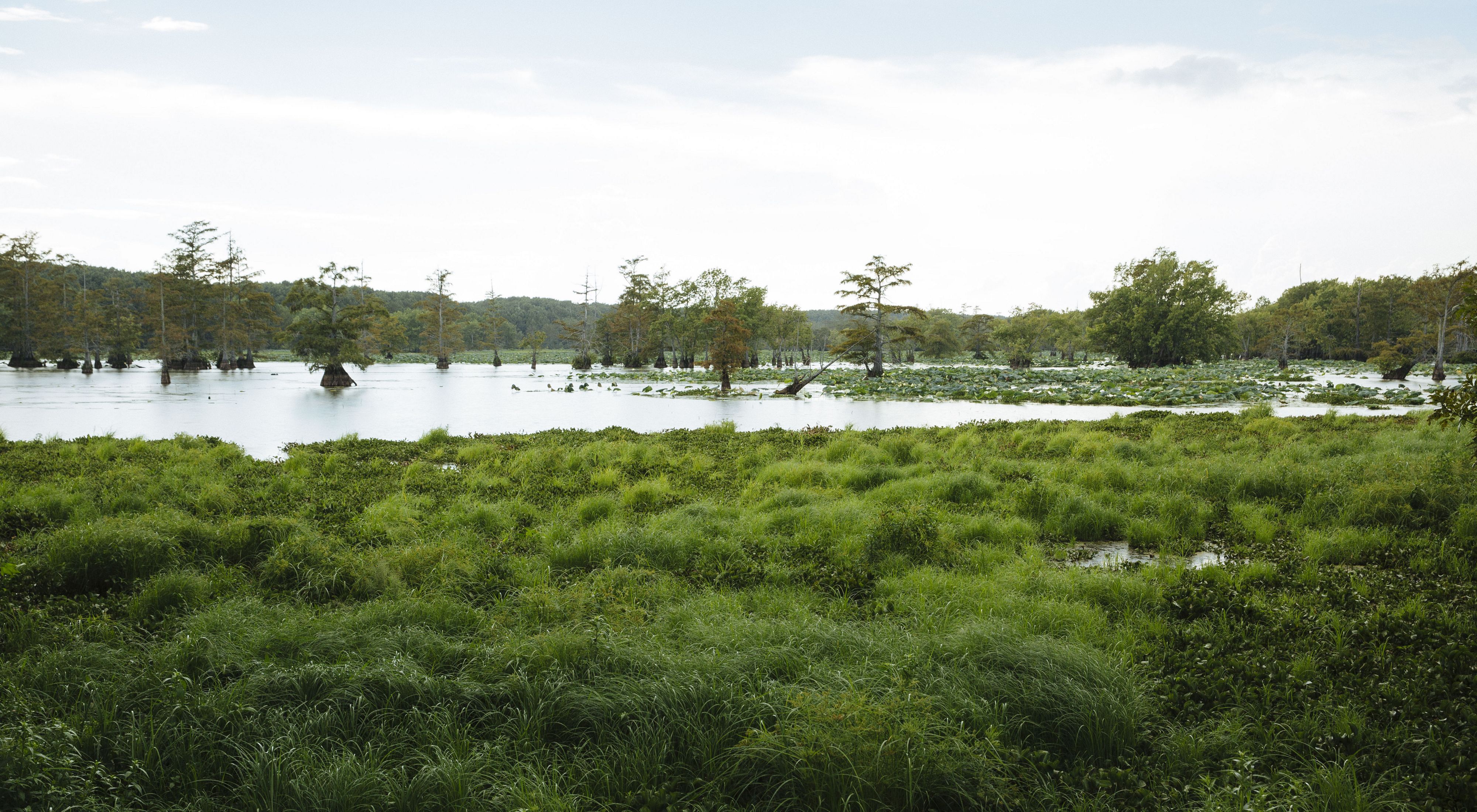Restoration in the Delta
In one of its proudest accomplishments, The Nature Conservancy in Mississippi completed restoration of 3,500 acres of critical wetland and wildlife habitat at Mathews Brake National Wildlife Refuge, an iconic natural landmark in the heart of the Mississippi Delta.
The construction and installation of a large water control structure has provided the ability for water management, which will restore critical wetland and waterfowl habitat which had decreased by 55% due to low water conditions. Thanks to this work, refuge staff are able to manage the brake’s wetland system for the first time in refuge history and protect one of Mississippi’s most popular outdoor destinations.
A Mississippi Icon
“Mathews Brake is truly iconic in the Mississippi Delta, both as a critical wetland and as a true outdoor destination for so many across the state and the southeast,” said Alex Littlejohn, Associate State Director of The Nature Conservancy in Mississippi. “It seems everyone we speak to about this work has a Mathews Brake story of their own, which makes you understand why this place means so much to so many."
“It’s hard to overstate the significance of this project,” said Scott Lemmons, director of freshwater programs for The Nature Conservancy in Mississippi. “A lot of partners stepped up to the plate to save Mathews Brake.”
Partnering for Conservation
Mathews Brake encompasses 3,500 acres of cypress-tupelo dominated wetland habitat, providing habitat to over 30,000 annual wintering waterfowl and representing one of the largest remaining contiguous forested wetlands in the Lower Mississippi River Valley. In 1980, 2,418 acres of the brake were purchased by the United States Fish and Wildlife Service (USFWS) to establish the Mathews Brake National Wildlife Refuge. Attracting an estimated 35,000 visitors annually, the refuge also serves as a significant economic driver for the local economy.
The restoration is now complete thanks to a unique partnership between local landowners, The Nature Conservancy, the US Fish and Wildlife Service, Delta Wildlife, and critical private partners, partners Entergy Mississippi, the Cox Foundation, PowerTree & UtiliTree Carbon Companies, the Caterpillar Foundation, Delta Wildlife and the Walker Foundation.
